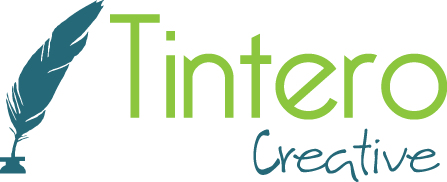Perspectives On Using LinkedIn To Grow Business In Light Of Their Recent Changes
 Many active LinkedIn users don’t know that the platform recently changed its Groups functionality. Many of these active LinkedIn users probably don’t even know that you can utilize groups in your marketing strategy! And then, of course, there are those who barely know that LinkedIn is more than just for your online resume. Whatever camp you fall into, the changes in LinkedIn’s Groups could change how you approach your strategy. Let me explain.
Many active LinkedIn users don’t know that the platform recently changed its Groups functionality. Many of these active LinkedIn users probably don’t even know that you can utilize groups in your marketing strategy! And then, of course, there are those who barely know that LinkedIn is more than just for your online resume. Whatever camp you fall into, the changes in LinkedIn’s Groups could change how you approach your strategy. Let me explain.
LinkedIn recently revamped its groups interface, which bring a few key changes to the table regarding how people have been using Groups on LinkedIn.
Major Changes:
- Open Groups are no more on LinkedIn.
- The two main types of groups are now “request to join” (Standard Groups) and “invite to join” groups (Unlisted groups)
- Group members can no longer search a group’s membership list by name or keyword.
- Private Messaging to group members you aren’t connected to is now harder to do as well (because you can’t just search people easily).
What Does This Mean For Businesses?
- Prospecting is more limited. Many people used to join groups simply to troll and prospect potential clients. The new limitations make it harder for someone to reach out to unknown individuals simply because they are in the same group. Prospecting must become more relational – imagine that!
- Groups will be more intentional. Since the prospecting side is more limited, you will get more authentic group members who genuinely want to be part of the group and engage in the discussions.
- Content Marketing will have a much higher place in the LinkedIn world. Creating and promoting engaging content will be a key opportunity for digital marketers who want to get past all these new limitations and set themselves above the pack. Just as LinkedIn Pulse is a great opportunity for content marketing, Groups now have the potential to let content marketers shine.
What Does This Mean For Users?
- Less spam! Ultimately, LinkedIn is searching for ways to make the user experience better and the high number of complaints they’ve gotten about spammy interactions from Groups are likely to be a main factor for all of these changes.
- Request to join. Now you’ll need to be approved to join any group on LinkedIn, whether you initiate it by requesting to join a group, or get invited by a member/admin.
- Take advantage of utilizing groups to build digital relationships. Groups are a great opportunity to engage with like-minded individuals and build some valuable rapport. You never know when those relationships will translate into something more. I’ve seen it happen both for me and my clients!
- Go Mobile! I’m a big fan of the regular LinkedIn app, but now the Groups app makes it so much easier to engage with group members and discussions. I personally like to use these types of apps when I have downtime to kill. Having the mobile version allows me to not waste any time when life interrupts my ideal schedule.
LinkedIn Groups offer a unique digital space to interact with other professionals in your industry or interests. The entire LinkedIn family of platforms is still, as a whole, professional in nature, and therefore demands higher quality content and interactions. The changes in LinkedIn’s Groups are only set up to enhance those high standards of quality in the experience users have on LinkedIn.
